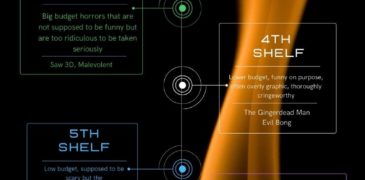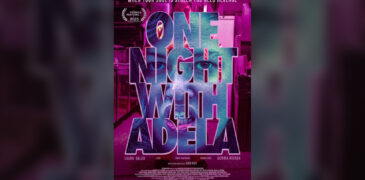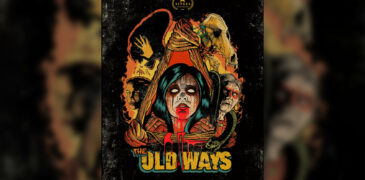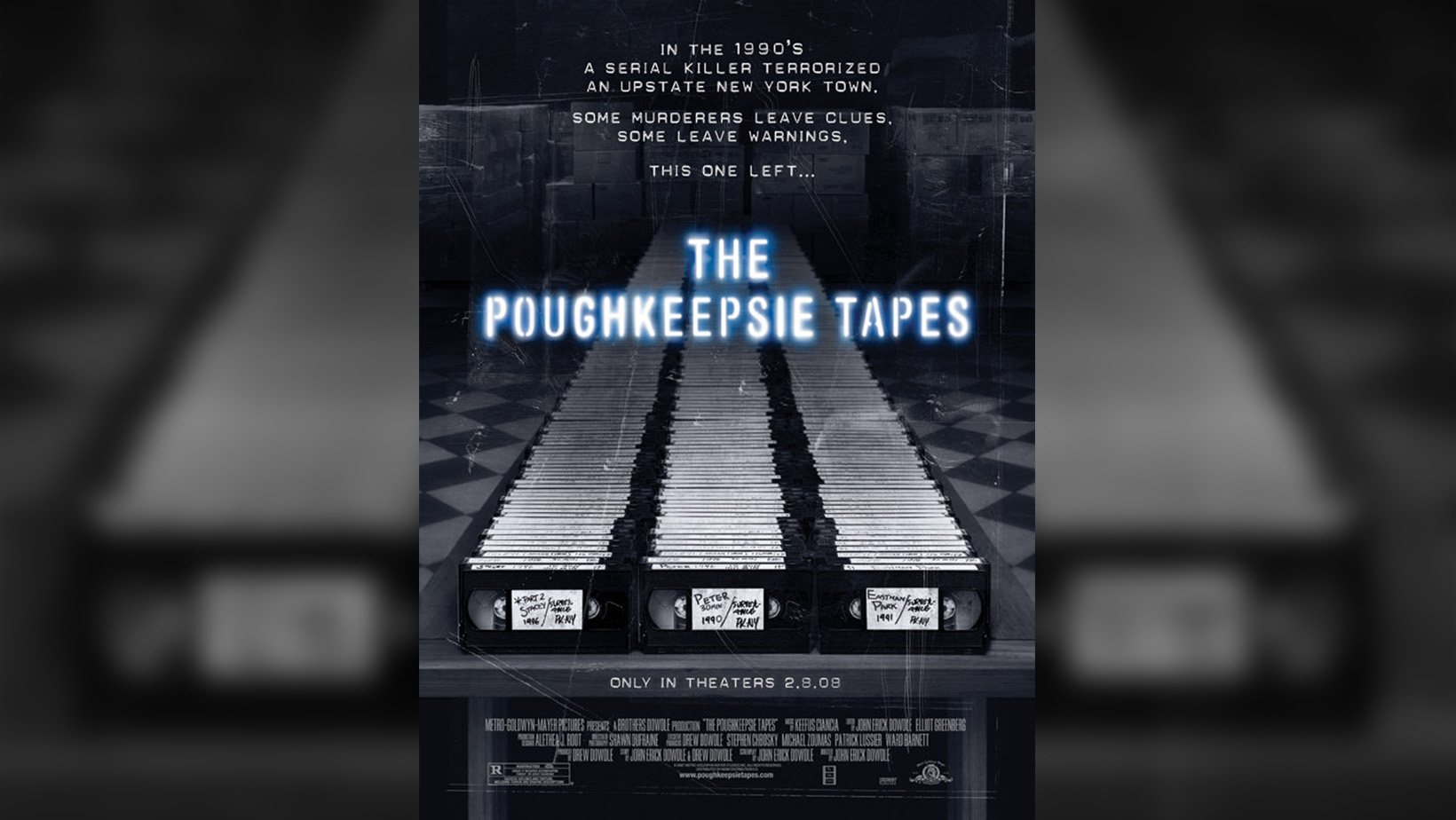
Found-footage horror cinema is rightfully praised for its potential to scare by extending filmic depictions into our own reality. Delineating space and conforming to the four walls of the cinematic frame is defunct; fear is expanded to beyond what we can see. The result is ‘the uncontainable’. Think the enormous scale of the monster in Cloverfield (2008), think the labyrinthine rurality of The Blair Witch Project (1999). Shaky camerawork, grainy images, and heightened sound design contribute to found-footage films seemingly unable to contain their horror. It can’t be controlled by the trusty film frame, so it creeps into our realities.
However, it can be argued that the found-footage film is also aware of the inherent claustrophobia in its form and narrative. Especially as it is a sub-genre where the films’ entire context is often framed as pre-decided, and real. The frame itself should be feared, and in films where one manipulates the form, the evil does not lurk off-screen any longer… it is trapped within it. Terror becomes inseparable from the form: it is contained.

The Poughkeepsie Tapes has a fascinating mythology. A lesser-seen found-footage chiller compared to its peers of the same era (Paranormal Activity, REC), it was set to be released in 2007 but was suspiciously shelved by Metro-Goldwyn-Mayer following a small festival run. The manic, short-lived thirst for found-footage horror content was deemed to be over by the studio- that was until 2017 when clips and GIFs of the film went viral (as well as rumours circulating of it being a true story containing authentic murder sequences), sparking a Scream Factory Blu-Ray to be released and MGM to finally embrace its decade-old product.
Structured by the disturbing, low-quality camcorder vignettes that are inserted throughout the eighty-six-minute runtime, John Erick Dowdle’s pseudo-documentary is centred around an ultra-prolific yet strangely enigmatic serial killer that has haunted the town of Poughkeepsie, New York, and its surrounding areas for decades. It is a remarkable exercise in how found-footage horror can trap its audience within the frame through the film’s formal elements, creating an unsettling dissonance between realistic, familiar home video aesthetics and a monstrous serial killer’s fetishistic recordings.
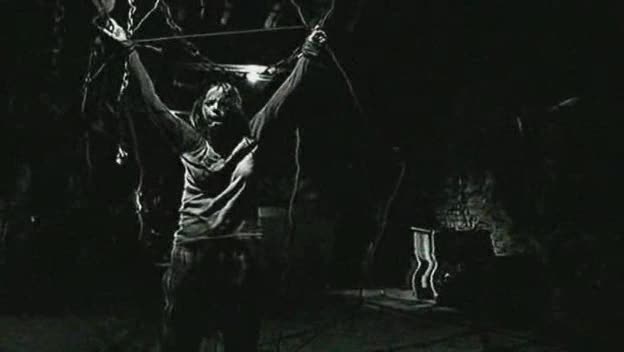
Dowdle is not afraid to show us the killer’s twisted practices. The camcorder inserts depict extreme violence, murder, as well as psychological and physical torture. However, it can be argued that the most chilling sequences are those where violence is drenched within the image, but belongs in the periphery, as if it is lingering just off-screen.
One of The Poughkeepsie Tapes‘ vignettes is a five-minute-thirty-second single long-take that appears in the third act of the film. Like how all tapes are introduced, it begins with a customary mini jump-scare in the form of a single second of TV static, emphatically cutting off a line of dialogue with loud, pitched-up white noise. Before the tape even starts, the killer’s grip on the audience’s nerve endings is palpable- he decides what happens next, and you are at his mercy.

A British woman named Samantha is stranded on the side of the road after her car breaks down. She is picked up by a man in a car that has been rigged to make it seem like he is a police officer; a wire mesh partition separates the front seats and the back. It is not the police- it is her worst nightmare come true.
The camera is on the dashboard: unnervingly stationary. We are denied a clear view of Samantha, firstly due to the partition that acts as her cage, and secondly due to the film’s form. Jagged lines as vicious as knives contort and fragment the subject, stabbing through the screen and bringing to our attention the VHS tape format. Colour distortions and crackly audio are not just add-ons to a found-footage flick here, but they demonstrate the obvious wear of the tape- the killer has watched this cruel torture over and over again and Dowdle wants us to know this. We are trapped in this tape recording that is drenched in the killer’s evil and the subsequent perverse pleasure at his evil, although there is hardly a glimpse of the killer’s appearance throughout. The audience is not granted any freedom, therefore aligning us with Samantha and confining us to the crammed frame that evokes an inescapable, gut-wrenching claustrophobia.
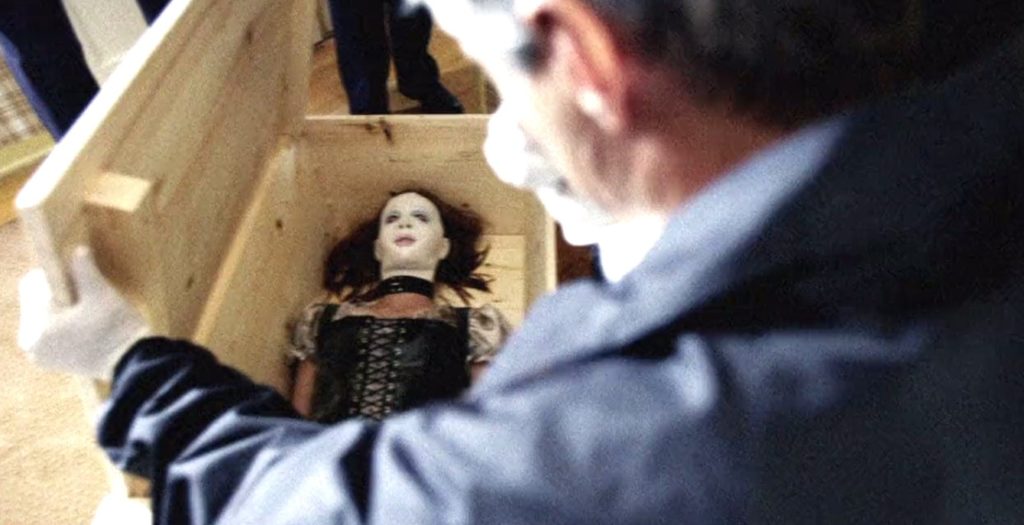
It does not matter that The Poughkeepsie Tapes falters slightly when it comes to characters and narrative, with exaggerated faux-interviews and excerpts, because it is truly special that a found-footage horror film can entice and entrap an audience through its formal elements so intelligently and effectively. By delineating the space in the frame and containing fear within its four unforgiving walls, John Erick Dowdle’s gripping gem deserves a spot in the pantheon of found-footage horror.

The Poughkeepsie Tapes (2008) is available to stream on Amazon Prime here.
More Film Reviews
1996’s Scream was a game-changer for the slasher genre. By playing with well-established conventions, the movie directly engaged the audience in a conversation about what they were watching and toyed… Would you answer the door for a stranger and let them into your home? The year 2024 has been abound with diverse horror releases, ranging from a slasher largely observed… Thorns (2023) is an American sci-fi horror film written and directed by Douglas Schulze. Well-versed behind the camera, Douglas is most known as the writer/director of such films as Hellmaster… Comedy Horror From the Bottom Shelf Horror Comedy is the beloved sub-genre that brings to mind everything from self-aware zombies to murderous inanimate objects, and the volume of films in… Hugo Ruíz’s debut film, the brutal and unflinching One Night with Adela [Una noche con Adela] (2023), is far more than a simple revenge thriller; it is an indictment of… It isn’t easy to portray a culture’s traditions and beliefs in a horror movie without it feeling gimmicky and a bit hokey, so 2020’s The Old Ways sets the bar…Cherry Falls (2000) Film Review – Be True to Your School
Oddity (2024) Film Review – Don’t Let This One Slip Your Radar
Thorns (2023) Film Review – Natural Thorn Killer [FrightFest]
The 6 Levels of Horror Comedy – What NOT to Watch
One Night with Adela (2023) Film Review – Vengeance & Atonement in a One Shot Film
The Old Ways (2020) Film Review – Delving Into Mexican Culture and Traditions


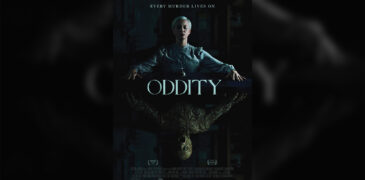
![Thorns (2023) Film Review – Natural Thorn Killer [FrightFest]](https://www.grimoireofhorror.com/wp-content/uploads/2023/07/Thorns-cover-photo-365x180.jpg)
